
Are people leaving the Church in droves?
Is Christianity shrinking in the United States and around the world?
Most people believe they are because they’ve heard this news time and again from the mainline press and countless Christian leaders.
The truth is it’s not true.
In this new book, The Myth of the Dying Church, I carefully demonstrate just how untrue this is. I do so, not by drawing from a study here or a survey there, but from looking at the large and impressive work of the leading sociologists of religion. Their findings are actually quite encouraging.
Liberal churches are hemorrhaging members. Churches that are bailing on Christian orthodoxy—those denying the deity of Christ; rejecting the reality of sin; doubting the historical reality of Christ’s death and resurrection; and embracing abortion, gay, and gender politics—are all in a drastic free fall. People are leaving those churches as though the buildings were on fire. They can’t get out fast enough.
Biblical churches are holding strong, even growing. Churches that are faithfully preaching, teaching, and practicing biblical truths and conservative theology are holding stable overall. Some are seeing steady growth and others are exploding. No small number are pressed thin with the good problem of figuring out how to manage their growing crowds. You likely know of a few in your own community; perhaps you even attend one of these churches.
Church attendance is at an all-time high. More Americans, in raw numbers and as a percentage of the population, attend church today than at any other time in our nation’s history, including the colonial days. That’s hardly scary news.
More young adults attend biblically faithful churches today than attended nearly fifty years ago. According to some of the best sociological data, the percentage of young adults regularly attending evangelical and nondenominational churches has roughly doubled between 1972 and today.
Atheism and agnosticism are not growing wildly. Both have grown in the last few years, but they are an extreme minority, counting for just about 7 percent of all US adults.
The Nones are not new unbelievers. The infamous “nones”—those reporting to have no particular institutional faith—are indeed a growing category. This has been widely reported. But there is something very important to note here: they are not a new category. They are not folks who have left a once living faith but rather are those who merely had a cold or lukewarm family history of church identity and now feel more comfortable saying, “I don’t really identify with anything.” It’s not a change in belief. Instead, it’s an honest explanation for where they’ve always been.
Global growth of Christianity is booming. The number of Christians in the world today is larger than it has ever been in the history of the world and will continue to increase through the coming decades. The story here is incredibly positive. Scholars studying this phenomenon use words like explosive and mushrooming to describe Christianity’s global growth, particularly in China and Southern Asia, Africa, and South America.
Passing on Faith to Our Children is Not a Crap Shoot. Christian parents who want to build a lifelong faith in their children only need to do a few important things. Doing so is not rocket science or a secret formula that must be applied just Your chances of success are remarkably high.
The Myth is Based on Bad Theology. It’s the Holy Spirit who runs and drives Christ’s church across time and throughout the nations. He is unstoppable, unquenchable and inherently life-giving. He is not nodding off, sickly, or on vacation. The work of His heart and very character will not be thwarted. He is God. To believe the church is dying is deny these truths and judge God either confused or a liar.
These things describe the true state of the Christian faith in America and around the world as recorded by leading sociologists of religion who employ an array of different means to study the phenomenon and who have no particular commitment or interest in reaching any specific finding. They are simply looking at the numbers as honestly as they can and reporting their findings.
The Myth of the Dying Church tells the story of these findings—examining important details, uncovering critical nuances, and explaining how conclusions are reached—and what it all means for the future of Jesus’s church and its life-giving mission in the world.
Order six copies each for all your friends, family, co-workers and neighbors. They will love you for it, so will I and my publisher really will.





 We are hearing, especially in the midst of the COVID crisis, that science is the only true and reliable means of finding truth. But is this true? Ironically, the statement itself is not one of science but philosophy, even religion. It is actually a new type of fundamentalism
We are hearing, especially in the midst of the COVID crisis, that science is the only true and reliable means of finding truth. But is this true? Ironically, the statement itself is not one of science but philosophy, even religion. It is actually a new type of fundamentalism

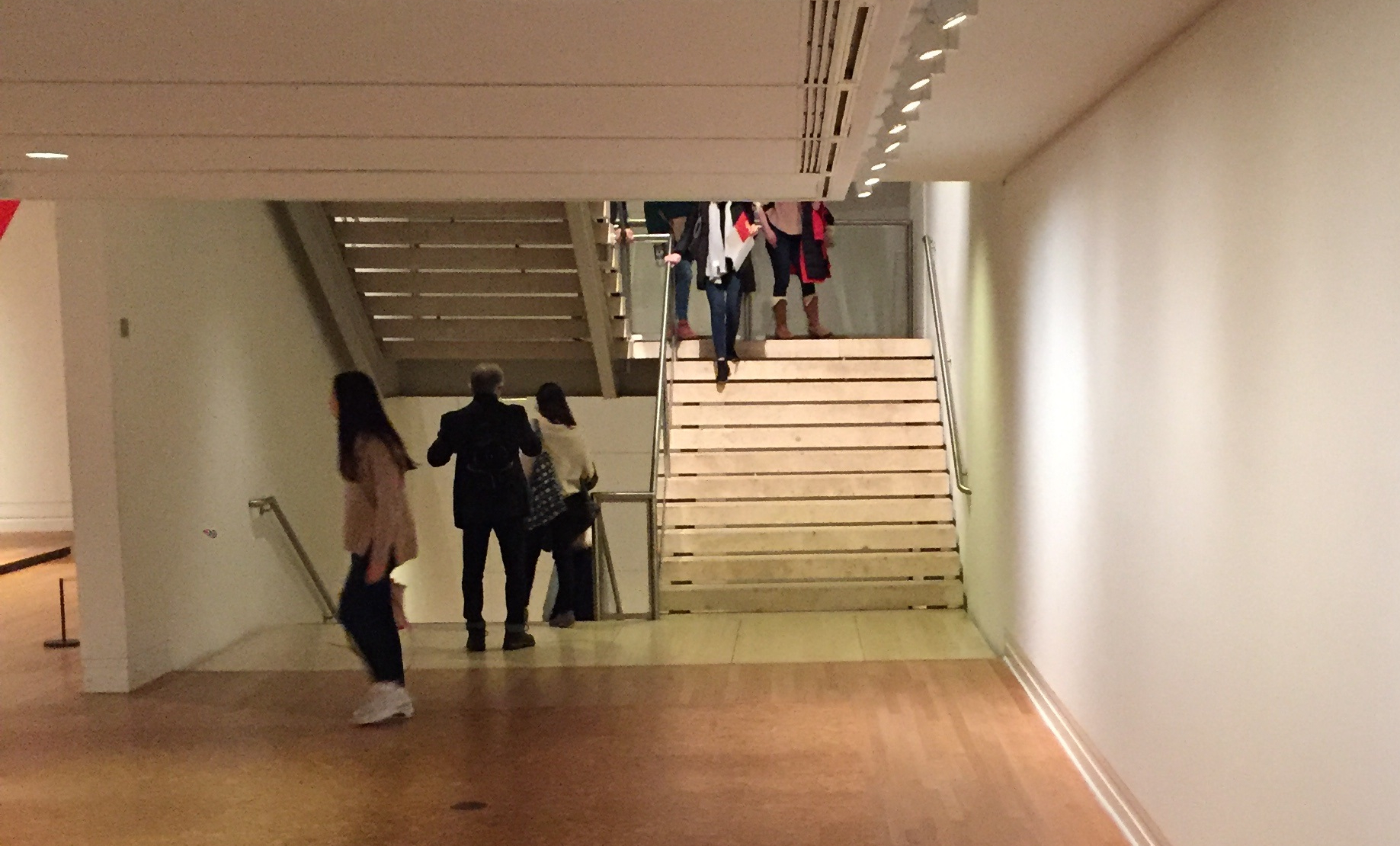
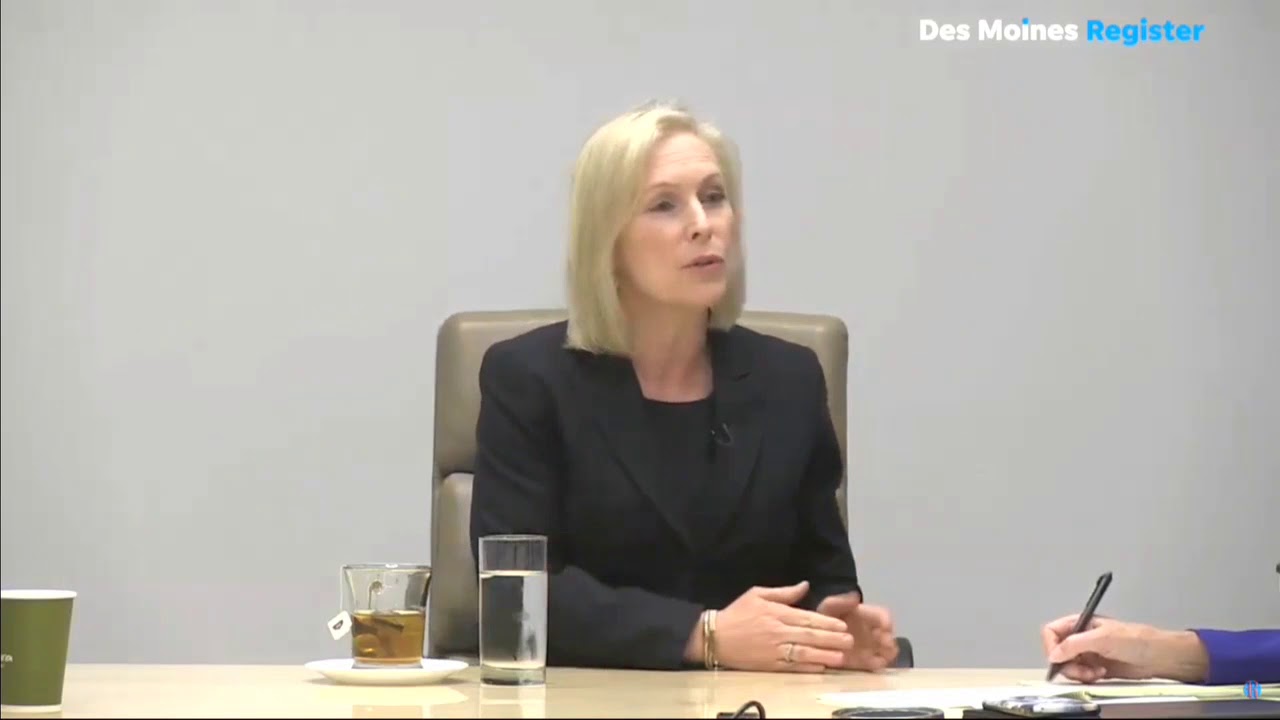
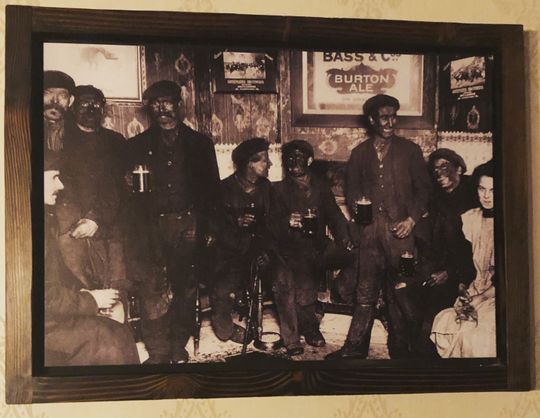
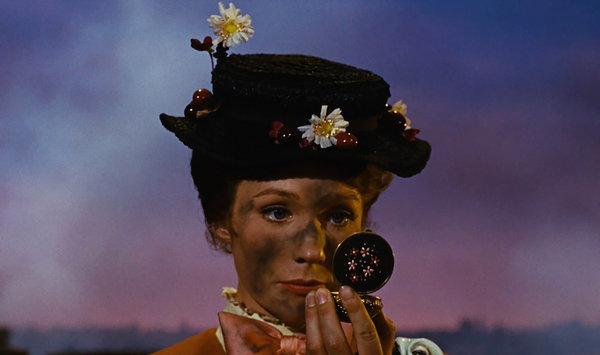
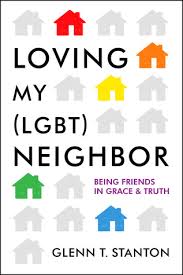

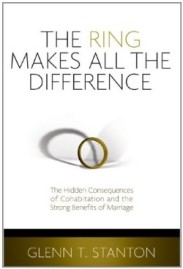

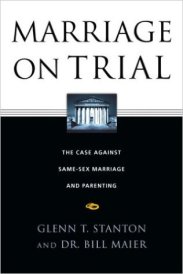
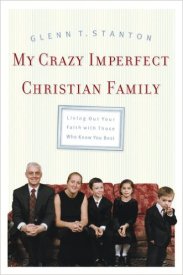
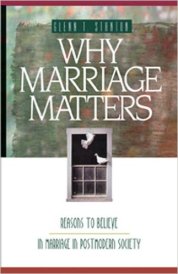
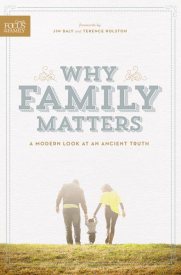
Yes Atlantic, What If Friendships, Not Marriage, Was at the Center of Life?
I am a vociferous magazine reader and I read a healthy diversity of them. Real magazines, the kind you turn the pages in, those you can smell and hold between your fingers, not scroll through with your finger tip. I must work hard to keep up with them all each week, but I enjoy them thoroughly. So many ideas and new things to learn about.
And the Atlantic has long been one of my favorites. Founded in 1857, it is one of the oldest continuous and most influential magazines in the world. Of course, I don’t always agree with it, but I have always found it fascinating through the last three decades of my continual subscription. That is at least until about the past few years. Now I just find it terribly predictable and uninteresting. And I came across an article this morning on their site that reminded me again just how true this is.
Entitled, “What If Friendship, Not Marriage, Was the Center of Life?”, it was trending as their most popular article for some time. I thought, “This certainly cannot be another silly piece on why marriage must be displaced by some new relational alternative!” I like to keep hope alive and believed it might actually be an insightful piece contrasting the pros and cons of two very essential kinds of human love – friendship and spousal – that enrich all of our lives, whether we are married ourselves or not. Even for those not married, we can appreciate that our parents and siblings are indeed loving friends with their spouses and not just friends. This fact enriches all of our lives in profound ways. But I was wrong. That is precisely what this article is. It just another in that tired line of “What if we free ourselves by replacing natural marriage and parenting with cool new relationships of our own choosing?” mantra. Blah, blah, blah.
It is not a completely uninteresting article in and of itself. It does highlight some various ways in which different human beings are working their way through the very real and difficult grittiness of life by forging rewarding friendships in the hopes of making it all a little easier, even in uncommon ways. Like Kami West and Kate Tillotson who met as 18-year-old Marine recruits in bootcamp. Setting them up as some sort of revolutionaries, the Atlantic says Kami and Kate “didn’t set out to transgress relationship norms.” Their new transgressive norm? They are just simply really good friends who play a super huge roll in each other’s daily lives. And they tell their respective boyfriends that Kate/Kami is central in my life and that the boy toys will just have to deal with it. There really is nothing revolutionary going on here, but the author, Rhaina Cohen, a longform podcast producer at NPR, explains, “With no lexicon to default to, people with friendships like West and Tillotson’s have assembled a collage of relationship language. They use terms such as best soul friend, platonic life partner, my person, queerplatonic partner, or Big Friendship.”
And there are Joe Rivera and John Carroll who met at a gay bar in Austin, Texas. Rivera was the emcee for a strip competition in which Carroll won the $250 cash prize. Cohen says “they felt like brothers” from the start. “Brothers that really want to hang out and be around each other,” Carroll clarified. The Atlantic explains the two men bought houses next to each other.
These are sweet stories of human beings working to forge a life together, to bring meaning to each other. I have spent my working days here at Focus on the Family over the last three decades studying these very things with great interest and evaluating their own collective benefits and problems for our individual and communal lives. Sure, what if two single women are dear, platonic friends, the central people in each other’s lives, and have decided to buy a house together? Such relationships can be wonderful and richly rewarding. I actually have a colleague here at Focus who decided to do precisely that in her later 40s. It is a very delightful and highly workable arrangement for them. These are the kinds of stories the piece tells. But the article’s problem is its editorial direction.
And it is precisely this fact of the article that disproves its own thesis. What if both marriage and friendship, along with creating and parenting the next generation of humanity, are each two of the richest spices of life? Why would the Atlantic feel the need to pit them against each other as black and white, either/or choices where we must decide one or the other? That is a rhetorical question. We know their game and too many of us have long grown tired of the ideology at work here, and thus, my exhaustion with the Atlantic. Stop attacking those things like natural marriage which have long and universally proven themselves essential. You’ve gotten too predictable and uninteresting.
Of course, friendship is one of the profound treasures of a happy life and it would be unimaginable and unlivable without them. Who can disagree? But there is a very good reason why marriage, and not the founding of a new friendship regardless of how deeply meaningful they might become, is a major life event that people announce and receive with great fanfare. They even make time on their schedules long in advance to travel great distances at large expense to witness the ceremony that founds the fact of marriage. That is because wedlock establishes something, something we have long referred to as an institution for good reason. It’s why we all celebrate, regardless of our religion, nationality, politics or socio-economic status, unspeakably beautiful milestones like this, the world’s oldest married couple. And “world’s longest, deeply intimate friendship” is certainly to be prized, but enduring marriages are noted and celebrated by all across highly distinct cultures because we all appreciate they build things larger than themselves.
And that is why, as the late Southern novelist Pat Conroy famously said, “Each divorce is the death of a small civilization.” And while the end of a friendship can be terribly tragic, it is simply that, the end of the thing itself. That is not the case with marriage and the family it establishes. The author hints at this dramatic difference in importance when she admits, “Intimate friendships don’t come with shared social scripts that lay out what they should look like or how they should progress.” Indeed, and there’s a reason for this. These scripts and structures are needed when something larger than the sum of the parts is being established like we find in universally practiced and celebrated social institution that is human marriage.
This author and the editors at the Atlantic well know the specialness of marriage. The Atlantic carefully detailed it in a profound way in April 1993, explaining how the robust weight of social science literature persuasively demonstrates that dismissing the married, mother-family family “is harmful to children and dramatically undermines our society” as their most popular and republished cover story in the magazine’s long history put it. Yes, that was a long time ago, but the research has only become stronger and more detailed in the intervening 27 years. The Atlantic spoke to it again in another wildly popular article in March 2008, Lori Gottlieb’s Marry Him, subtitled “The Case for Settling for Mr. Good Enough” which was illustrated with this counterintuitive image.
Marriage is something special and certainly not just one relational form among many.
The fact that few of us, despite our politics, religion or life-philosophy, would be content telling others, “My parents never married, they’re just really, really good friends,” illuminates the silliness of the Atlantic’s “What if friendships could replace marriage?” story here. Marriage builds things that no other relationship does, things that every society requires. The ridiculousness of the article is crafting these two great life riches – spousal love and deep friendship – into competitors. Life needs both and each do and produce very different and wonderful things and life would literally be unlivable without either. So, let’s celebrate both and resist the foolish idea of pitting them against each other.